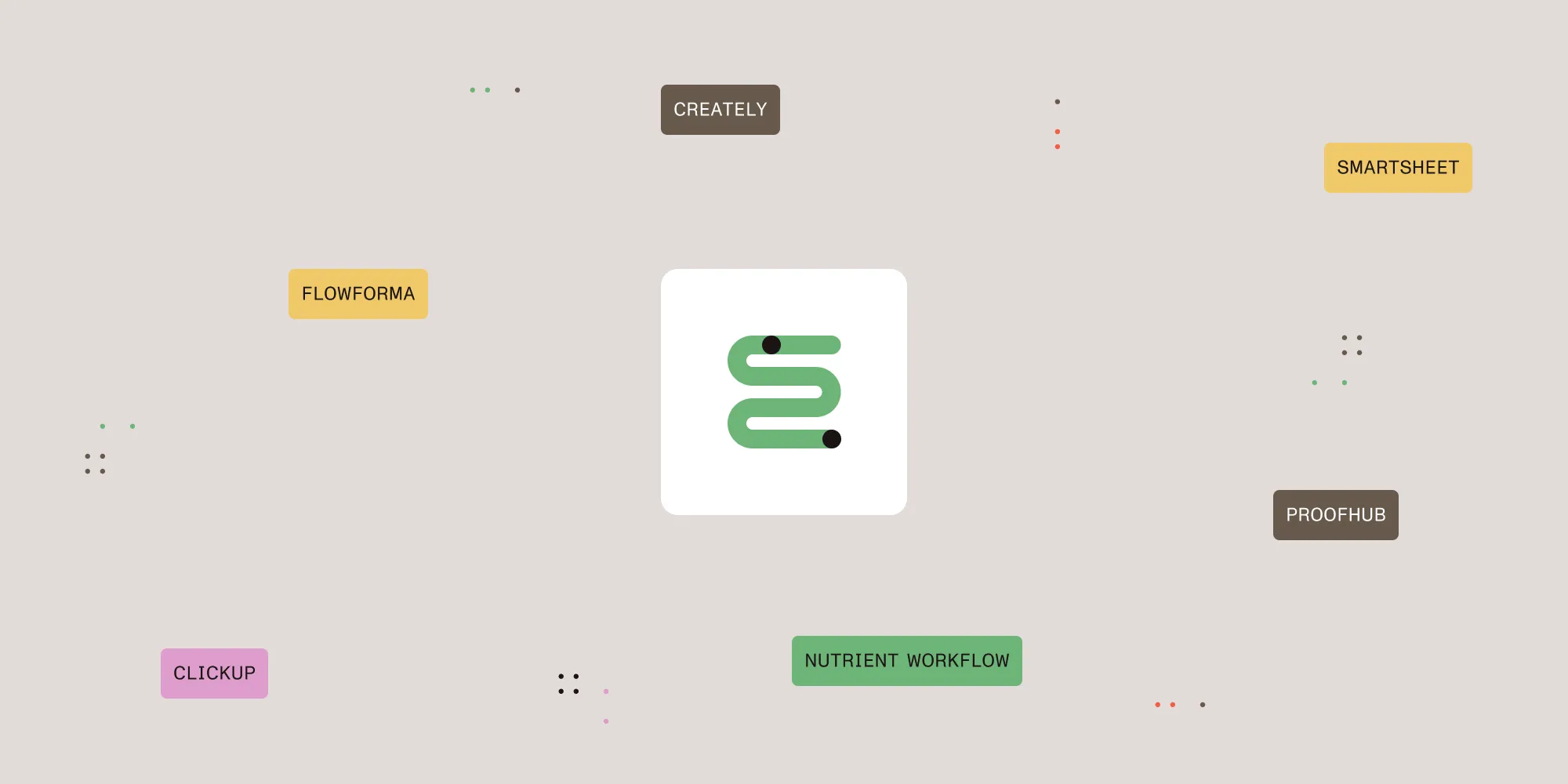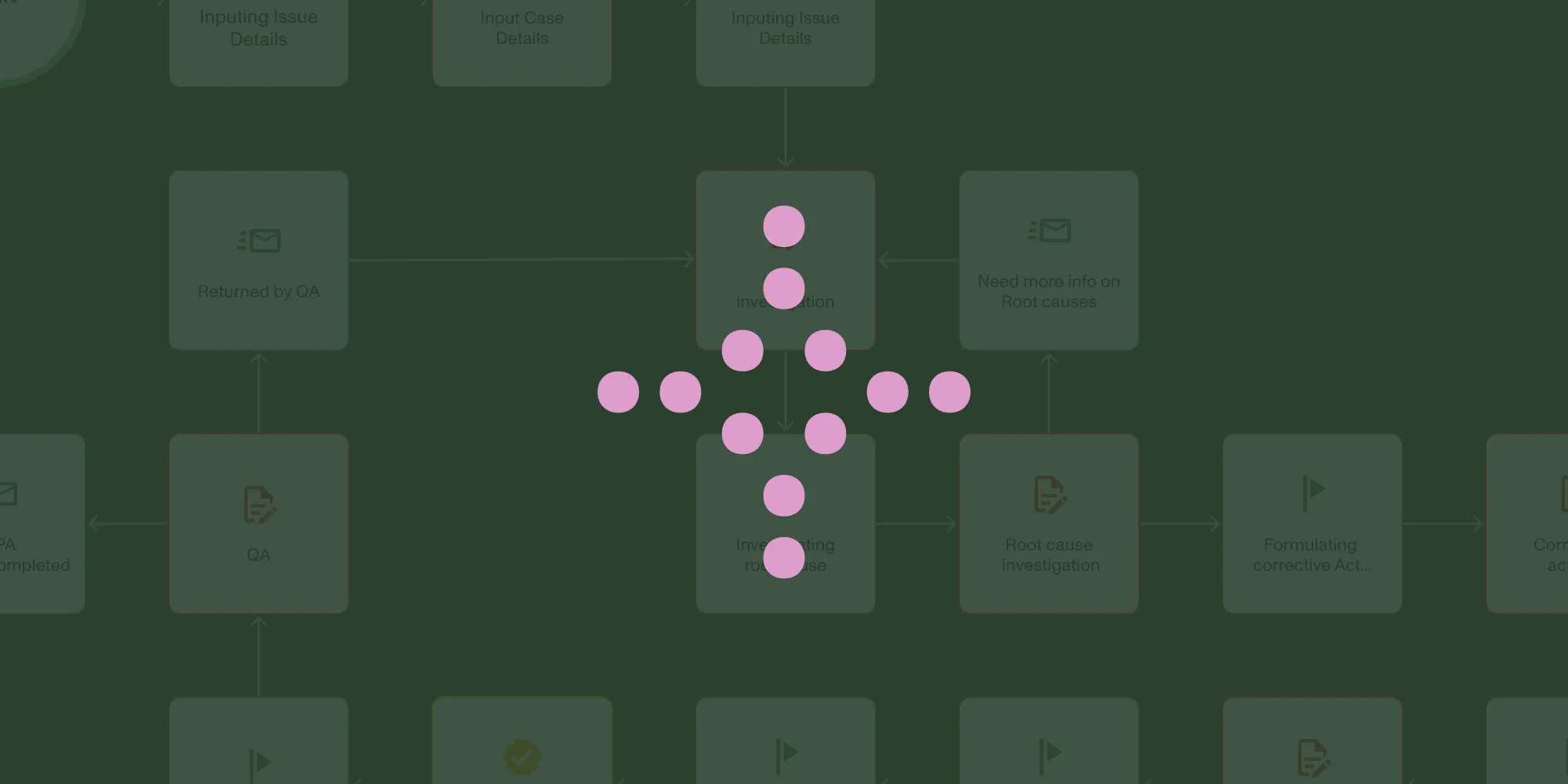Mapping your workflow: A practical guide to getting started
Table of contents

Many customers I work with struggle when it comes to mapping out their workflows. And honestly, it’s no surprise — there’s no “easy” button that instantly produces a perfect process.
What I can offer is a proven foundation, drawn from years of experience with different customers, that will guide you through this journey. Whether you’re just getting started or refining existing flows, this guide will help you build clarity and momentum.
Try Workflow Automation free for 14 days
Start with the end goal in mind
Start by clearly defining your end goal. It might sound obvious, but without a shared objective, different departments will interpret the workflow through their own lens, which creates confusion.
Change can feel uncomfortable, and not everyone will jump in enthusiastically. That’s normal. Acknowledge their concerns and emphasize that the goal is long-term growth and operational health.
Remember: Your first version doesn’t have to be perfect. In fact, it shouldn’t be. A healthy workflow is one that evolves. The aim is progress, not perfection.
Documenting and detail harvesting
One of the most common pitfalls is assuming how things work instead of verifying. Don’t guess — ask.
Meet with each person involved in the workflow and dig into their specific role. Gather copies of forms, screenshots of data entry screens, and any relevant materials. Take careful notes on potential bottlenecks, overlap, and dual entry points. The more granular your understanding, the more accurate your workflow will be.
Conceptualize, create, and clarify
Now comes the creative part. Using the information you’ve gathered, sketch out the process from start to finish. Include all the key touchpoints, forms, and responsible individuals or teams.
Then bring everyone together — virtually or in person — and walk through the workflow. Don’t stop for feedback right away. Let the team see the full picture first. For many, this may be the first time they’ve seen the entire process.
Only after that walkthrough should you invite questions, identify missing steps, and clarify handoffs. Update the workflow accordingly, and then meet again. Repeat this process until everyone agrees that the workflow reflects reality.
Build and launch with Nutrient Workflow
Once the workflow is mapped, build it within Nutrient Workflow and test it thoroughly. Explore edge cases, error handling, and alternate paths to make sure everything behaves as expected.
Bring the team back in for a demo and training session. Then launch and celebrate! This is a meaningful milestone.
Before jumping into the next project, take time to reflect. What went well? What would you change next time? Capture those lessons, and you’ll thank yourself later.
Enjoy the ride
Excitement and expectations may now be rising across your organization. That’s a good thing. You’re well on your way to becoming a workflow master, and Nutrient is here to help make it a great ride.
Interested in switching to Nutrient?
If you want to learn more or need help mapping out your workflows, you can schedule a 30-minute live, guided demonstration(opens in a new tab) or try Workflow Automation free for 14 days.







